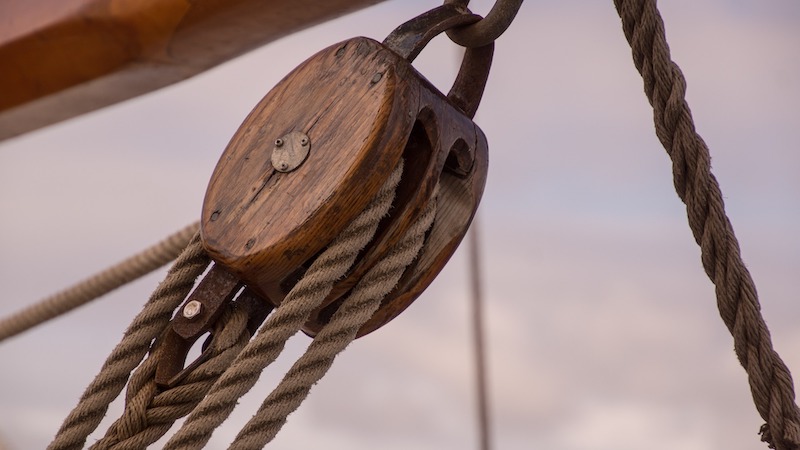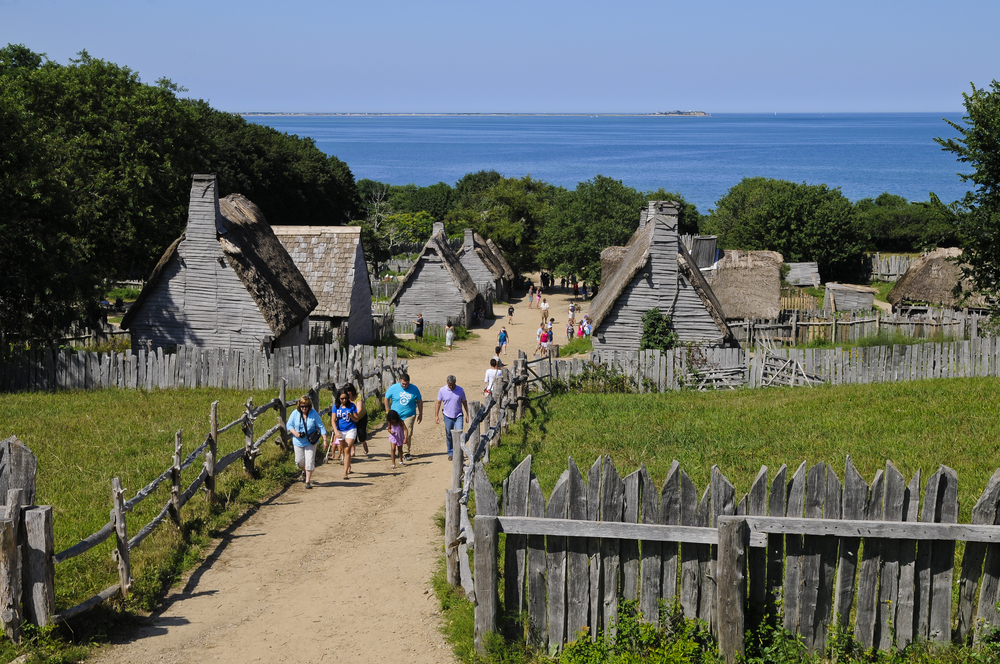

- Contact Us
- Search
-
Mayflower400 partner destinations:
The unbreakable bond of the original Mayflower passengers who survived their first winter in America
The Mayflower story features a group of people who left their homeland for a mixture of reasons.
Some were persecuted for how they chose to practise their religion. Some were in search of economic opportunity – a better life. Some were there for a fresh start. Some, in the case of the More children, were forced on the journey because they no longer ‘fitted’ their family.
For all them, those reasons were extreme enough to travel halfway across the world on one of the globe’s most treacherous crossings.
Then they had to fend for themselves in a land they knew barely anything of, all while battling death, disease and other unspeakable personal tragedies.
The journey after the Atlantic crossing was perhaps even harder, and it would not have been possible without the help of the very Native American people on whose land they had chosen to eventually settle.
Shared pain is undoubtedly one of the most powerful factors in bringing people together.
So, it’s no surprise that those who reached America in November 1620 and survived the subsequent first harsh winter had shared an experience that no other European could possibly understand.
Even when more groups followed on other ships in the years that followed, the original Mayflower passengers and crew had already established a bond that would last for decades.
The Mayflower passengers’ first impressions of Cape Cod

When the Mayflower arrived at Cape Cod in November 1620, the passengers’ response to their new surroundings and landscape would have been based upon their own experiences of living in England or Holland.
Winter was particularly early coming in November and there were times during the first explorations where there would have been upwards of six inches of snow on the ground.
For some of those coming out of Holland, when they were exploring the very tip of Cape Cod – which has always been sandy – Edward Winslow, or whoever wrote that first portion of the pamphlet describing their first year, said it reminded them of the dunes of the Netherlands.
So, they were seeing many things that were bringing up different memories from their own English past and their Dutch experience.
The Mayflower voyage

For those who came over on the Mayflower, some had been worshipping together for more than a decade and, as Christians, they were walking together in covenant.
This meant that individually they had an agreement with their god, but as a group, they had an agreement between themselves that they would commonly walk together in the ways revealed to them through scripture and through ministry.
So, it is likely they would already have had a very tight relationship.
Forming strong relationships
When you begin to look at the little group bound together aboard the Mayflower, they held very tightly to one another after the first winter because they had been through so much hell together.
They had seen half of their numbers die, they had taken care of each other, they had buried each other so, while they might have come together as strangers, after that first winter and the common suffering, they were bound together in a way every subsequent ship recognised there was something different about those people.
Establishing a community

As the colony grew, by 1629 there were an estimated 350 people in Plymouth – so it had greatly risen from 52 to 350 in just a decade.
By 1641, that number was estimated to have jumped to 2,000 people.
These were people who had not come because they were family members, or because they were church members.
They had come for the opportunity of living within the boundaries of Plymouth – so they didn’t have that emotional and spiritual suffering tie to the original group.
The bond of the ‘original’ passengers
When William Bradford picked up his pen in the 1630s to begin writing his second volume of Plimoth Plantation, he felt he had to tell people about this combination.
What is clear today is that Bradford saw the power of that document holding them together constitutionally and creating legal institutions that would hold them together once all of these new people were joining them.
Those ‘new’ people simply didn’t share the common heritage of the first winter and the earliest years.
- Discover more about the Mayflower voyage here.
Sign up for the latest Mayflower 400 news
You'll be the first to hear the latest Mayflower news, events, and more.
Log In
Register
Mayflower 400 Proudly Supported by our National Sponsors and Funding Partners






